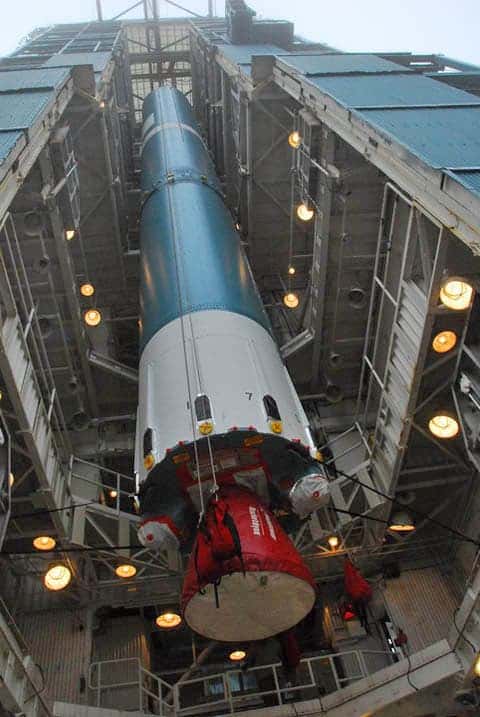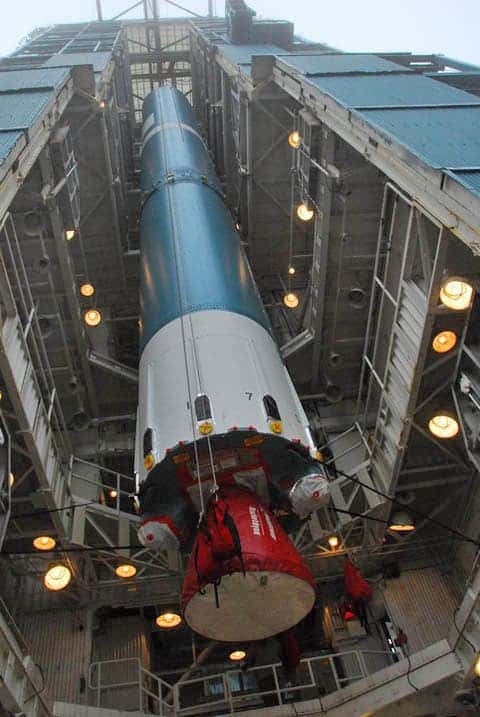This Friday morning NASA will upgrade its climate and weather observatory capabilities, when it’s set to launch a new, high-end satellite via a United Launch Alliance Delta 2 rocket, which promises to significantally improve weather forecast and offer a significant leap forward to authorities in the face of calamities. The project, lengthy dubbed the National Polar-Orbiting Operational Environmental Satellite System Preparatory Project (NPP), is worth $1.5 billion.
Weather satellites have been orbiting our planet since the dawn of the space age, and have since dramatically touched our lives. Most of them orbit at 22,300 miles above the Earth’s equator, however the NPP spacecraft will survey at a much lower distance, allowing it to monitor the whole globe, and thus see conditions develop and give warning of incoming storms much earlier than before.
“There is value to knowing what tomorrow will bring. Whether by tomorrow we mean literally as in the weather forecast, or by tomorrow we mean something longer — the future Earth environment that we can expect to be living in months, years, decades from now, and that our children and grandchildren will be living in,” said Waleed Abdalati, NASA’s chief scientist.

The weather satellite will be launched via the veteran Delta 2 rocket, marking its 151st flight and its 50th NASA contracted flight. Apparently, the Delta 2 will most likely be decommissioned after the NPP launch, set to be replaced by more advanced models in the future. Maker United Launch Alliance has five more of the vehicles available for sales to the U.S. government and commercial satellite operators, but it remains to be seen if any will fly. Just to get an idea of how powerful the Delta 2 is, this Friday it will catapult the 2.5-ton payload into a 512-mile-high orbit tilted 98.7 degrees to the equator.
“We get to watch it fly south over the Pacific Ocean and on into orbit, then we all rush back inside, tell our team on the east coast to get to work on flight ops, make sure we got into the correct orbit and our solar array deployed,” said Scott Tennant, NPP program manager at satellite-builder Ball Aerospace.
“Then we party.”
That’s the spirit. And if any engineers are entitled to party right now, it’s them. The team has been working on this project for many, many years. The satellite’s core structure was actually completed back in 2005, but that was only the easy part. The NPP satelite’s magic lies in its complex array of instruments – five sensor packages to provide imagery, atmospheric temperature and humidity profiles, and land and ocean surface temperature observations, all of which are key ingredients for weather forecasting. Correlating the data transmitted by the satellite are the world’s fastest computers that run sophisticated numerical models, which ingest over a billion observations per day to generate daily weather forecasts.
“The nation isn’t always aware of the benefits of taxpayer investment into big projects like NPP. But with more sophisticated Earth observing sensors aboard NPP, the National Weather Service will be able to demonstrate this value by saving even more lives and reducing economic losses with more-accurate forecasters and longer lead times,” said Jack Hayes, director of the National Weather Service.









